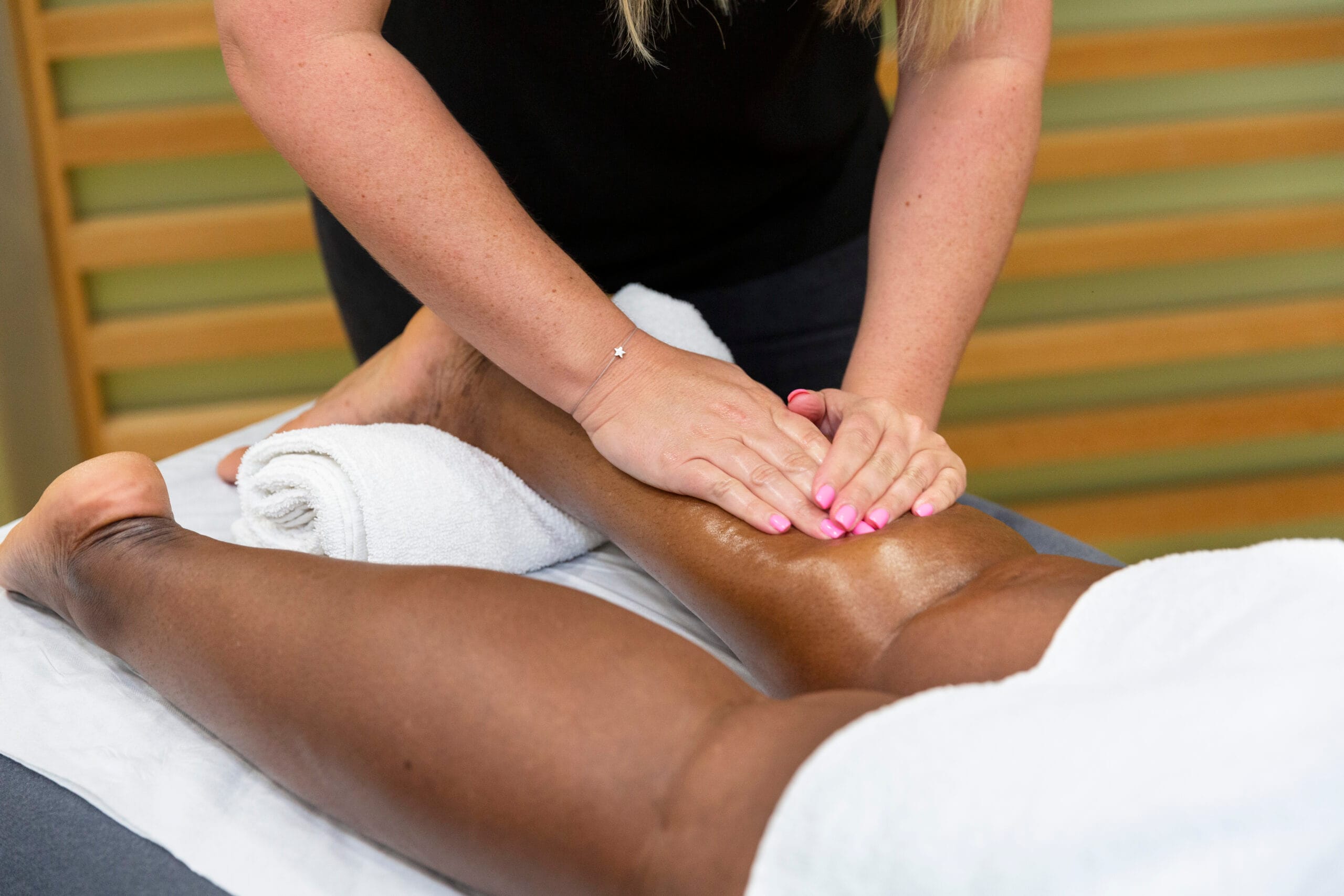The Science Behind How Soft Tissue Therapy Works

Pure Sports Medicine
- 21 September, 2018
- Soft Tissue Therapy
- 2 min read
Soft Tissue Therapy is useful in the treatment of muscles, tendons and ligaments, and should be thought of as a treatment for anyone (not just sports people) in the prevention of injuries. But, how does it work?
It has been found to reduce muscle tone following exercise, increase range of motion, improve circulation which in turn improves the nutrition of an injured tissue, as well as de-activating trigger points.
(Weerapong et al., 2005) looked into the “Mechanisms of Massage” and cited how several different techniques were thought to change tissues if used during a treatment session. For example, Effleurage and Petrissage are techniques likely to be used at the beginning of a treatment to stimulate the parasympathetic nervous system, this has a relaxation effect on the tissues, making them more pliable for the therapist to work deeper, with less discomfort to the patient. These techniques can also help with venous return, which links to the earlier point of improving the nutrition of a tissue and aiding in the recovery process.
In the above article it also discussed how Friction may be used in the treatment of muscle spasms. It is thought to work by breaking down adhesions from old injuries or increased muscle tone post-exercise. The mechanism behind the treatment of muscles spasms can be 3-fold;
- Neurological (Gate-Control Theory)
- Physiological (biomechanical substances)
- Mechanical (realignment of muscle fibres)
Neurologically, Soft Tissue Therapy acts by stimulating the large fast nerve fibres, and blocking the small, slower nerve fibres responsible for detecting pain.
The Physiological response to Soft Tissue Therapy involves the release of hormones such as serotonin which reduces pain.
Finally, therapists address the Mechanical aspect; to re-align muscle fibres in order to break the Pain-Spasm Cycle. Muscle spasms cause pain by stimulating pain receptors found within the tissues, but by increasing circulation to the affected area through Soft Tissue Therapy we can re-align these fibres, desensitise the tissues and reduce muscle spasm.
If you’d like to book an appointment with one of our soft tissue therapists follow the link or call your nearest clinic.

Advice
Over the last 20+ years our experts have helped more than 100,000 patients, but we don’t stop there. We also like to share our knowledge and insight to help people lead healthier lives, and here you will find our extensive library of advice on a variety of topics to help you do the same.
OUR ADVICE HUBS See all Advice Hubs

